Tariff Quota
Introduction to Tariff Quotas
Tariff quotas stand as a distinctive tool in the complex landscape of international trade policies. At its core, a tariff quota allows a certain quantity of specified products to be imported at a reduced rate of duty. Beyond this preferential treatment, imports may face a higher, sometimes prohibitive, duty rate.
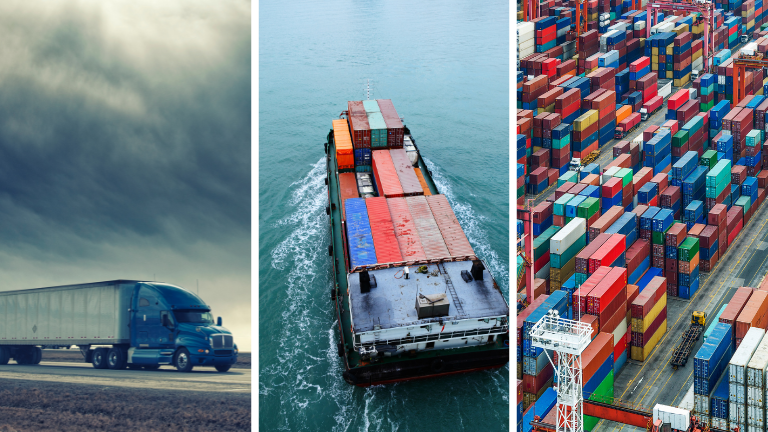
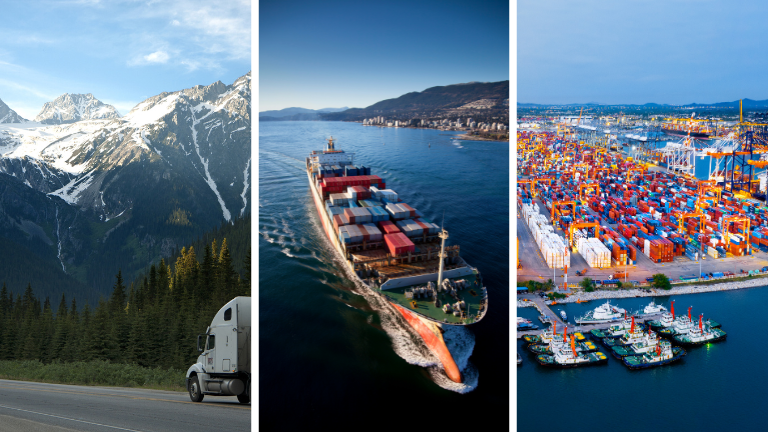
Purpose and Implementation of Tariff Quotas
Why are tariff quotas used?
- Protecting Domestic Industries: They offer a safeguard for domestic producers, ensuring they aren’t overshadowed by a deluge of cheaper imports.
- Balancing Trade: By providing a reduced tariff for a set quantity, countries can encourage imports up to a certain level and then deter excessive amounts with higher tariffs.
How are they implemented?
- First-Come, First-Served: The reduced tariff is applied to imports until the quota is filled. Subsequent imports face the higher rate.
- Licensing: Importers apply for a license granting them the right to import a certain quantity at the reduced tariff rate.
Economic Implications of Tariff Quotas
The economic effects of tariff quotas are multifaceted:
- Domestic Market Impact: Domestic producers can benefit from higher prices when the quota is filled and the higher tariff kicks in.
- Consumer Perspective: Limited quantities at reduced tariffs can lead to cost savings, but once quotas are filled, prices might rise.
- Trade Relations: Tariff quotas can be both collaborative and contentious in international trade negotiations.
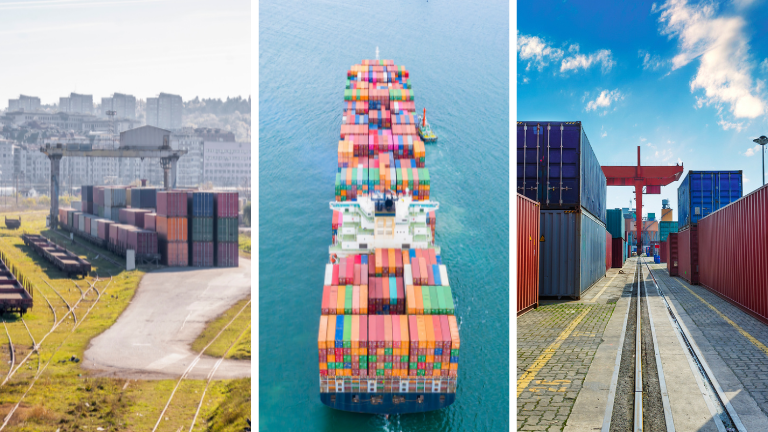
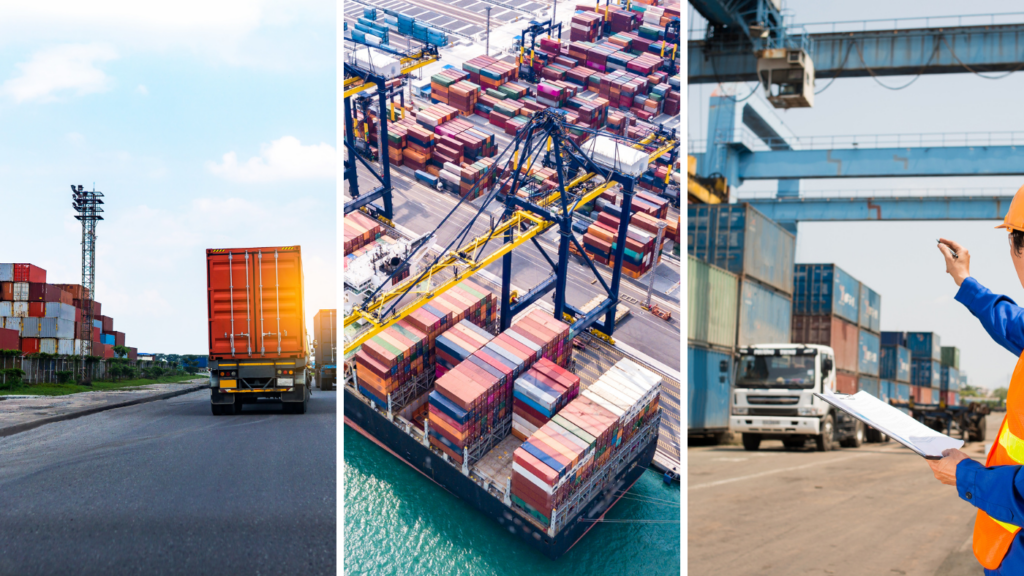
Challenges and Criticisms
Like all trade tools, tariff quotas aren’t without controversy:
- Bureaucratic Complexity: The process of applying for licenses or ensuring compliance can be cumbersome.
- Potential for Trade Distortions: They might inadvertently favor larger importers or create market unpredictability.
- Transparency Issues: The criteria for setting quota limits and tariffs might not always be clear, leading to potential misuse or accusations of protectionism.
Navigating Tariff Quotas in Practice
For businesses involved in international trade, understanding tariff quotas is paramount:
- Research and Compliance: Stay updated on quota levels and relevant tariffs for your goods.
- Strategic Planning: Anticipate how quickly a quota might fill up and plan shipments accordingly.
- Engage with Experts: Seek guidance from experienced entities like Phoenix International, ensuring that you’re navigating the intricacies of tariff quotas effectively.
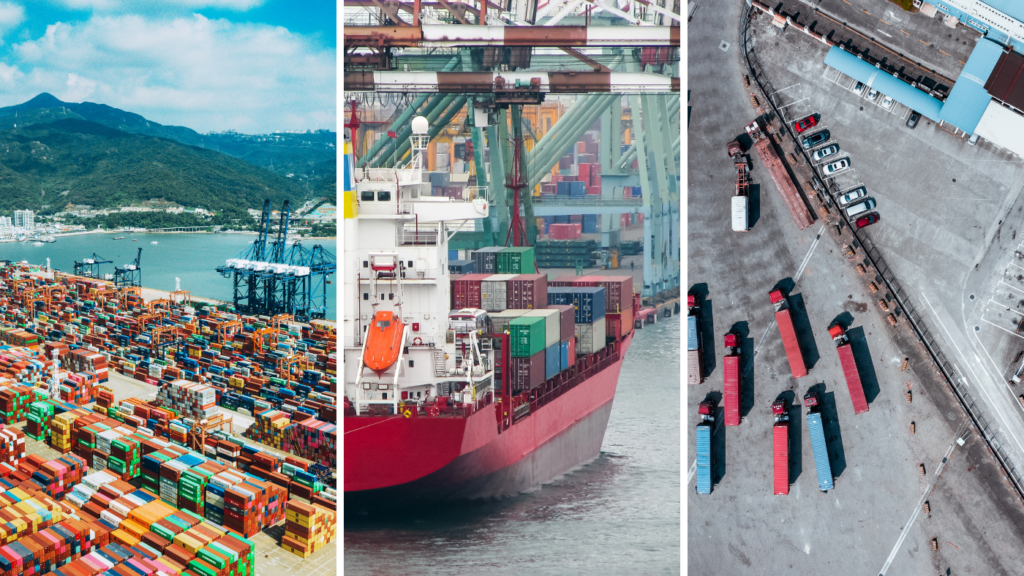
Contact Us
The world of logistics is complex and full of technical, financial, and business elements. The logistics experts at Phoenix International deliver top-quality freight forwarding service, supported by powerful technology and decades of experience. Contact us and let us know how we can help you!
